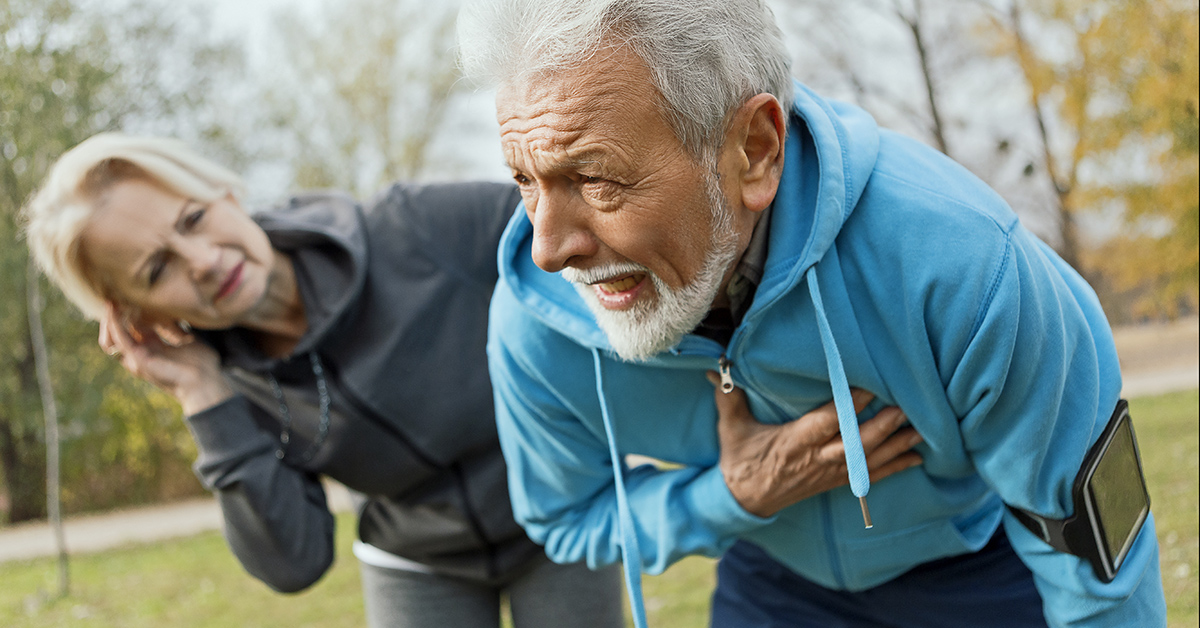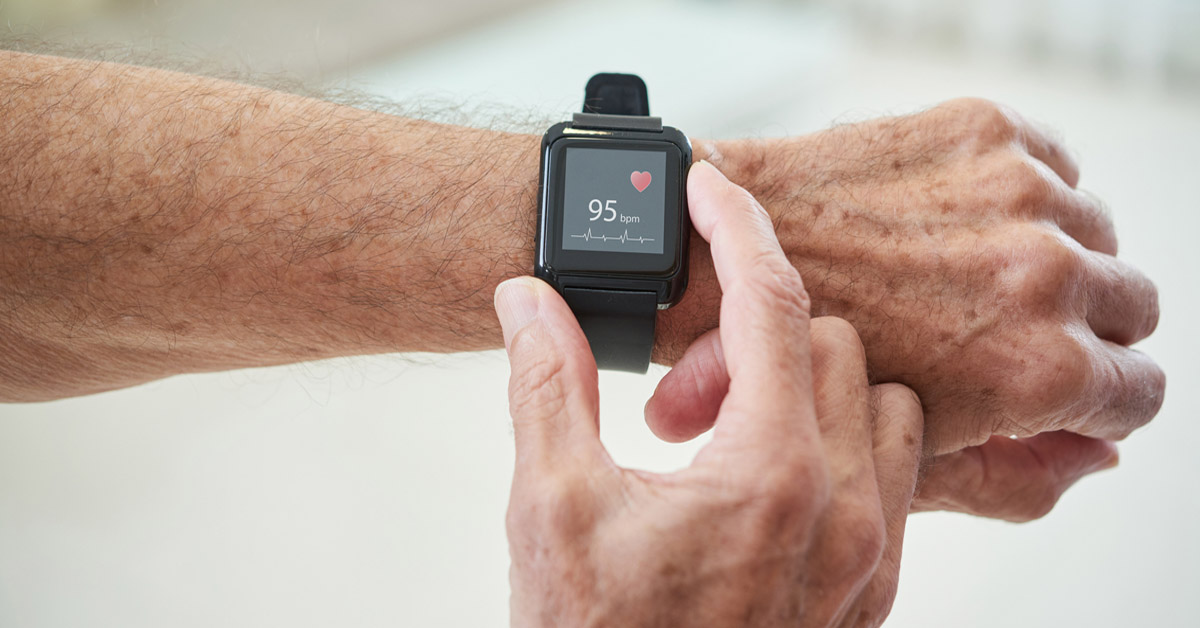Cardiac arrest and heart attack are two serious medical emergencies that can lead to significant health problems and even death. These terms are thrown around a lot, but it’s important to understand the difference between cardiac arrest and heart attacks.
Cardiac arrest is an electrical problem with the heart, while a heart attack is a circulation issue. While some of the symptoms overlap, treatment for each differs.
Cardiac arrest
Imagine your heart suddenly stops working. That’s cardiac arrest. This electrical problem causes the heart to stop pumping blood. Without quick help, it can be very dangerous and even deadly.
What causes cardiac arrest?
Cardiac arrest can be linked to other heart problems, but it can also happen for other reasons besides the heart. While most heart attacks don’t lead to cardiac arrest, they are often a common cause when cardiac arrest does occur.
Some examples of non-cardiac causes of sudden arrest are pulmonary embolism, trauma, electrolyte abnormalities, drug overdose or even dangerous interaction of over-the-counter medications. However, other issues with the heart’s electricity, serious injuries, drowning or certain medicines can cause it. It’s like a surprise problem with the heart’s rhythm and causes the person to become unresponsive.
How CPR and AED help
Cardiac arrests are typically of two categories: Pulseless electric activity, or PEA arrest, or a lethal arrhythmia that is incompatible with life, such as ventricular fibrillation, also referred to as VFib or VF. Ventricular fibrillation can be detected by an AED and a shock is delivered to get the patient back into a normal rhythm, while PEA arrest requires chest compressions through CPR (cardiopulmonary resuscitation).
If someone has a cardiac arrest, quick action is vital. CPR helps pump blood manually, buying time until you can figure out the cause. An AED (automated external defibrillator) gives an electric shock to bring the heart back to its normal rhythm. CPR is necessary to treat a person experiencing cardiac arrest, but if an AED is available, place it on the person as soon as possible to see if they are in a “shockable rhythm.”
Acting fast is super important – a person in cardiac arrest who receives CPR immediately has double, sometimes even triple, the chances of surviving.
Heart attack
Unlike cardiac arrest, the heart doesn’t stop beating in a heart attack. It’s more like a traffic jam in the heart’s blood flow. A heart attack occurs when there’s not enough blood flow to the heart muscle, causing the tissue to be deprived of oxygen. This will cause angina, which is typically a pressure or heaviness in the chest or back that can even radiate to the shoulder or jaw. It tends to last about 20 minutes and goes away with rest. Many people feel short of breath, sweaty, nauseated and uncomfortable.
What causes a heart attack?
Heart attacks happen when there’s a blockage in the heart’s blood vessels, also called the coronary arteries. This build-up of plaque happens because of things like having a family history of coronary disease, high cholesterol, smoking, being overweight or high blood pressure. It’s like a roadblock in the heart’s highways.
What to do when someone is having a heart attack
Regardless of whether you’re sure it’s a heart attack or not, it’s important to call emergency medical services (EMS) immediately. This can get them in quicker at the emergency department and EMS staff can also provide treatment immediately. If you’re unable to do so, get the person to an emergency department as quickly as possible. The sooner they get medical intervention, the better their chances of survival and minimizing damage. If you are suspected of having a heart attack, a cardiologist will need to open up the blockage with a stent.
“This blockage is made up of several components, like cholesterol and platelets that form a blood clot,” Dena K. Krishnan, DO, a cardiologist in our Hampton Roads market, shares. “So you may also be instructed to take medications like aspirin to thin the blood and statin medications which can stabilize plaque and keep it from building up and even breaking off.”
Why acting fast is important
In a heart attack, quick response is key. Call for help, take the aspirin if told to and get to a doctor fast. Unlike cardiac arrest, there’s still a pulse, but time is crucial to prevent more damage to the heart.
Rapid response is even more imperative with cardiac arrest. The longer someone is in cardiac arrest, the longer their brain, lungs and other organs do not receive the oxygen-rich blood necessary to function. For every minute someone is in cardiac arrest, their chance of survival diminishes 10 percent.
Spotting the signs
A heart attack and sudden cardiac arrest can have similar signs like chest pain, shortness of breath and feeling dizzy. However, sudden loss of consciousness can be a clear sign of cardiac arrest, while heart attack symptoms might come on more slowly.
Also, while symptoms of a heart attack may differ between men and women, signs of cardiac arrest are the same regardless of gender.
How you can be prepared
Understanding the difference between cardiac arrest and a heart attack is important for everyone. Whether the heart suddenly stops or there’s a problem with blood flow, recognizing the signs and acting fast can make a big difference.
If you recognize any symptoms of conditions or have any risk factors that increase your chance of a heart attack, contact your primary care provider. Depending on the issue, they may refer you to a cardiologist. However, a heart attack and cardiac arrest can strike without warning, so be sure to get to an emergency department as quickly as possible if it occurs.
“Maybe you don’t have symptoms, but you know you have a strong family history of either heart attack or cardiac arrest,” Dr. Krishnan says. “You should talk with your doctor to see what preventative measures, if any, may be appropriate for you.”
Want to learn more about your heart health? Learn about the heart and vascular care services we provide at Bon Secours.




